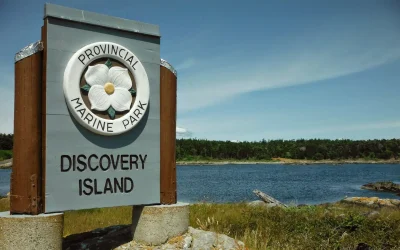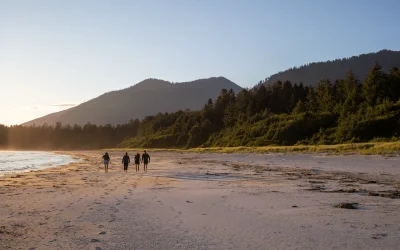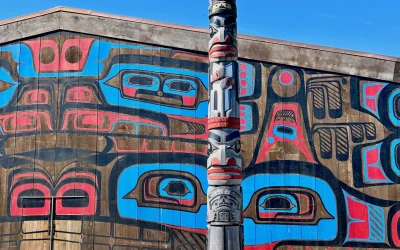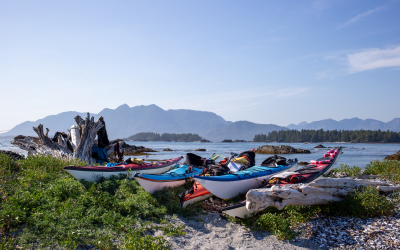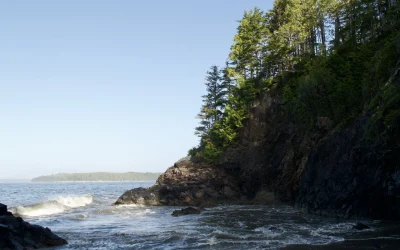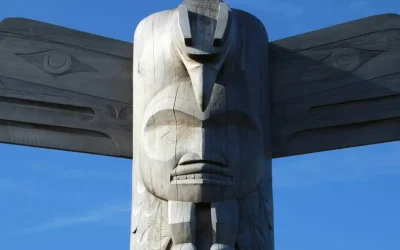
Join us in Citizen Based Reconciliation on the BC Coast
What it means and how you can participate in establishing respectful relationships.

Indigenous Tourism BC Business Directory
Support Indigenous owned businesses during your adventures.
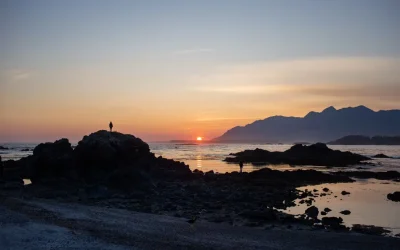
Respecting Indigenous Management Directives
Emerging trends in outdoor recreation as Indigenous-led management expands.

Maya’xala: Respect
The importance of cultural and archaeological sites, and best practice in Nanwakolas member Territories.



